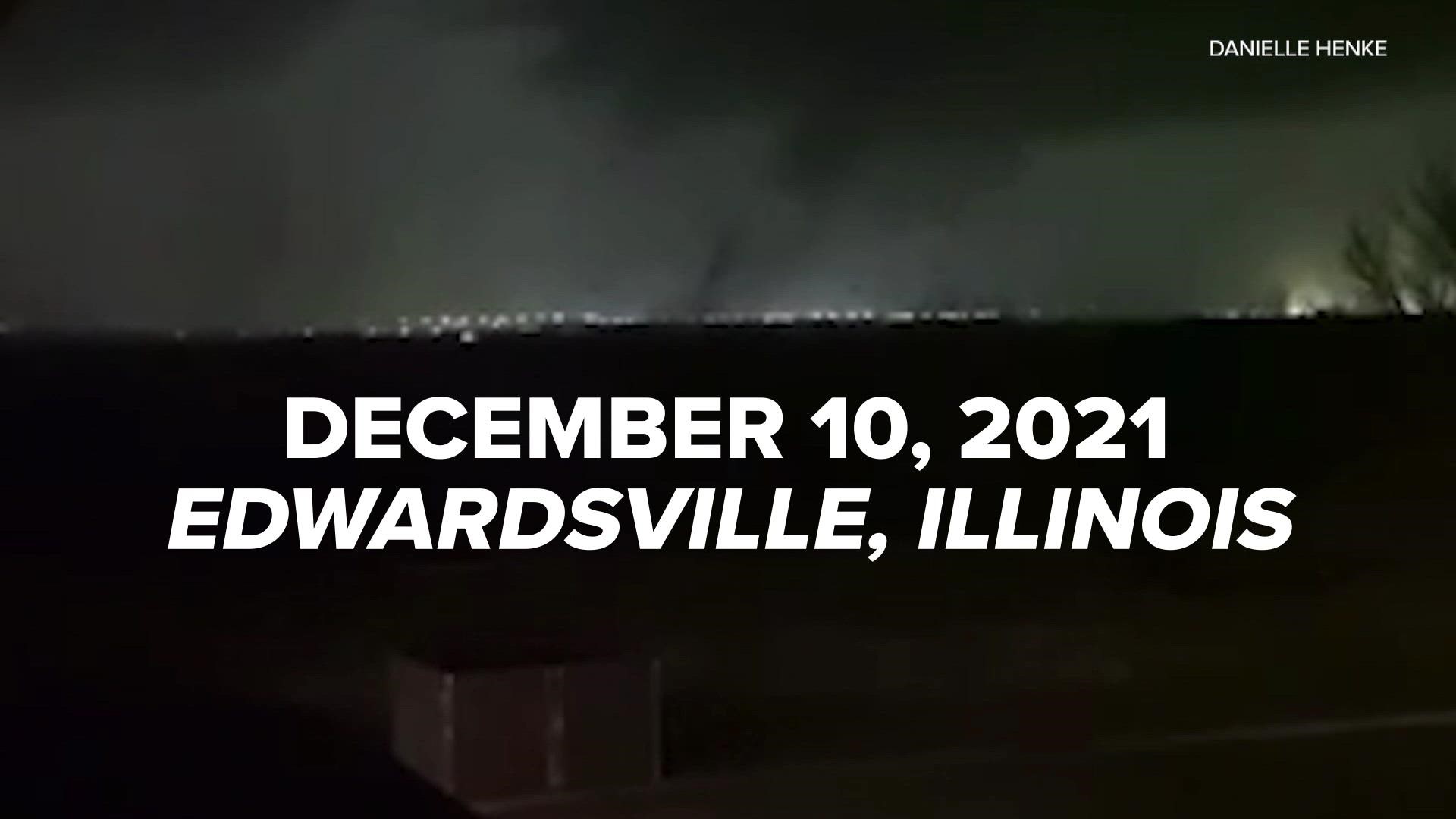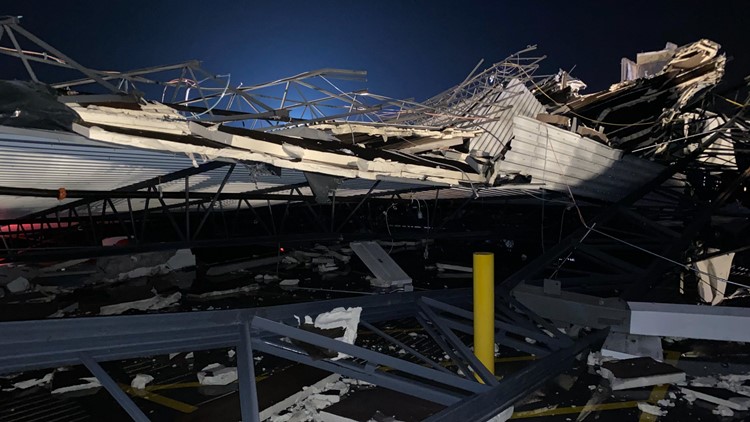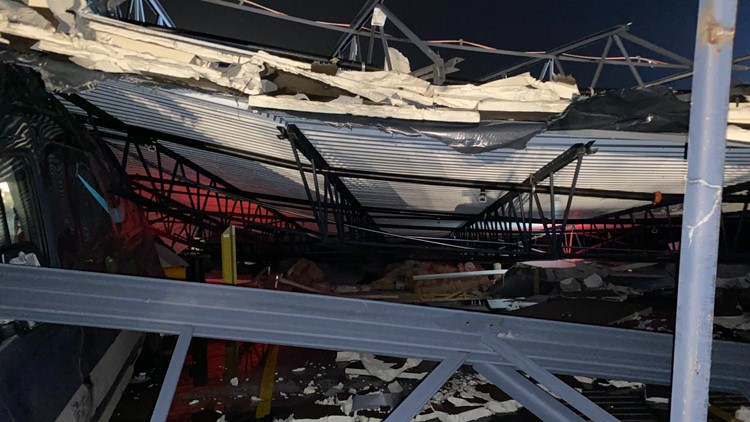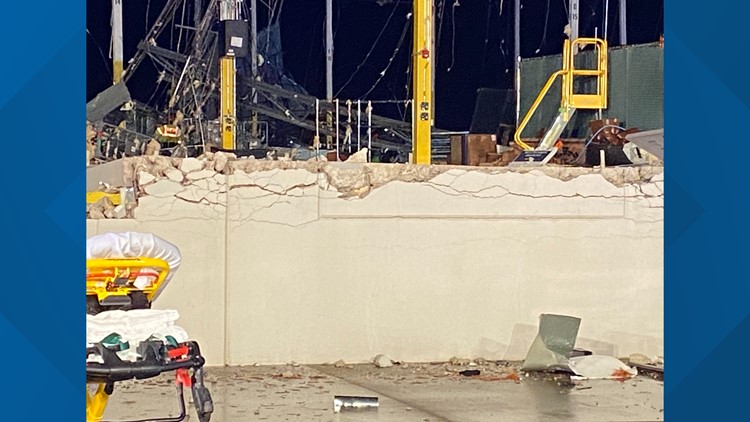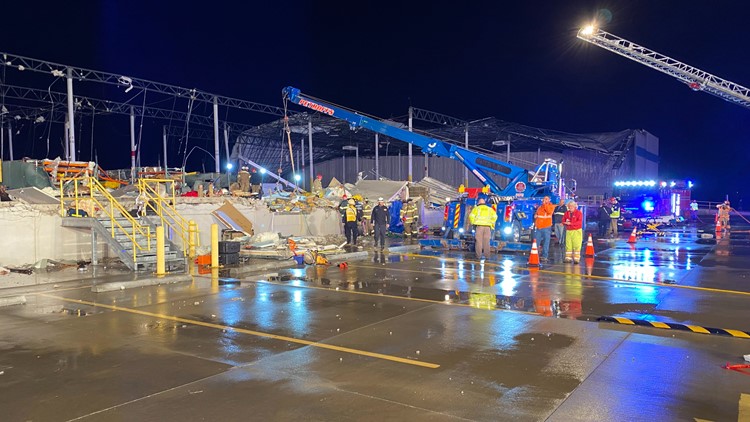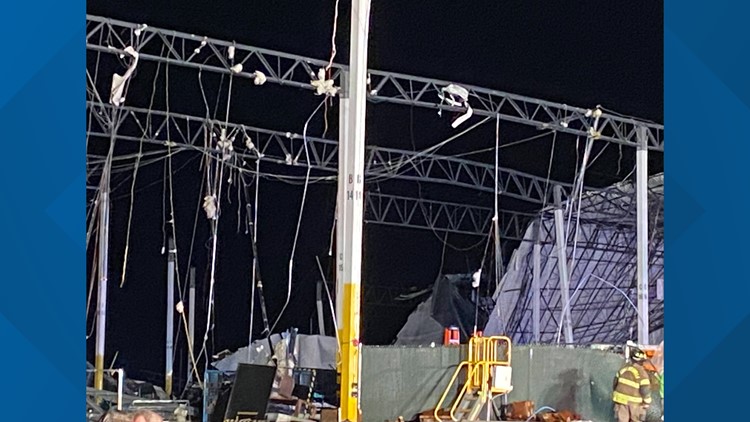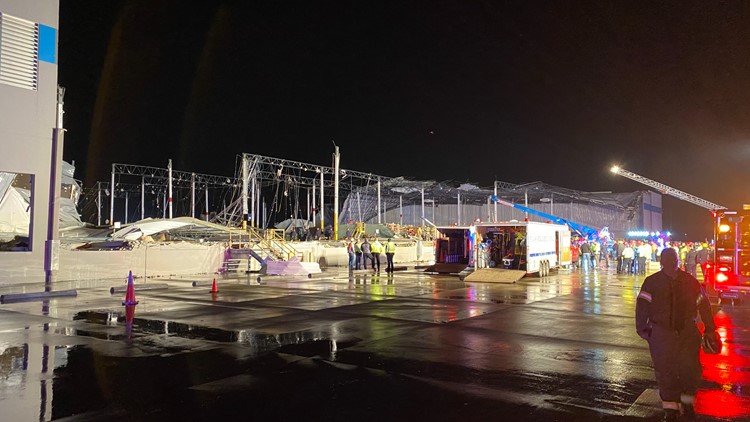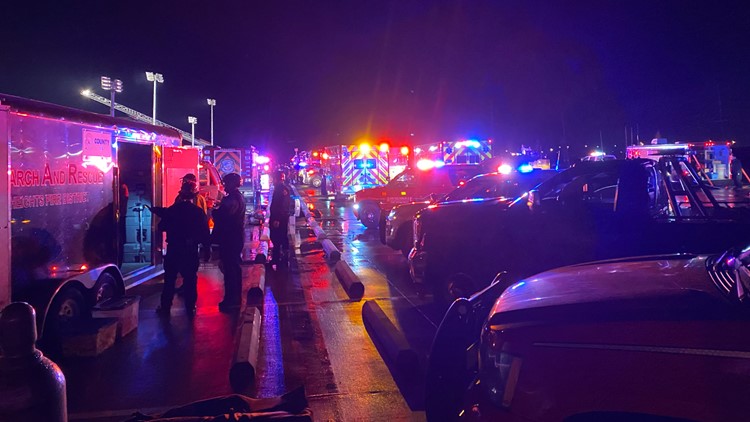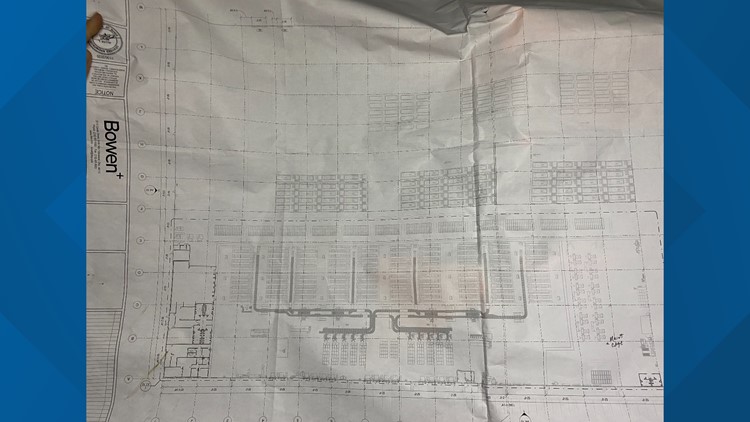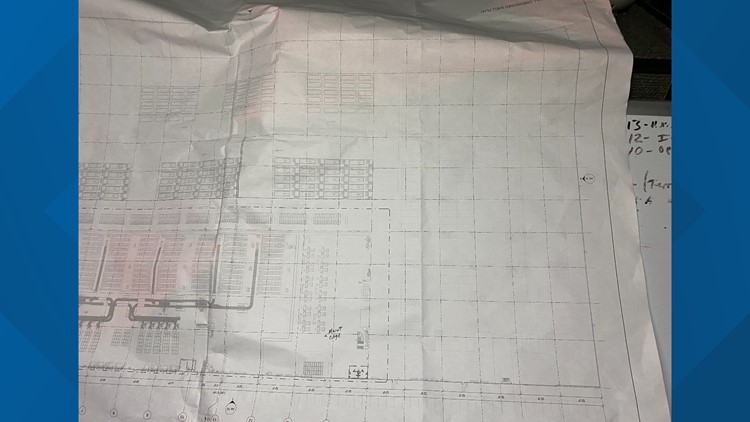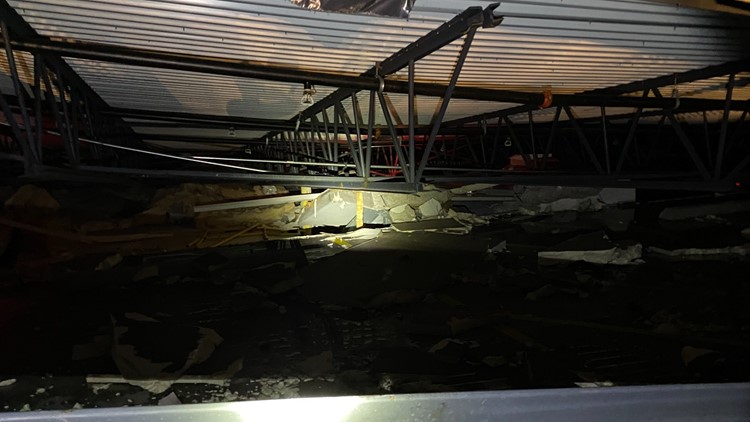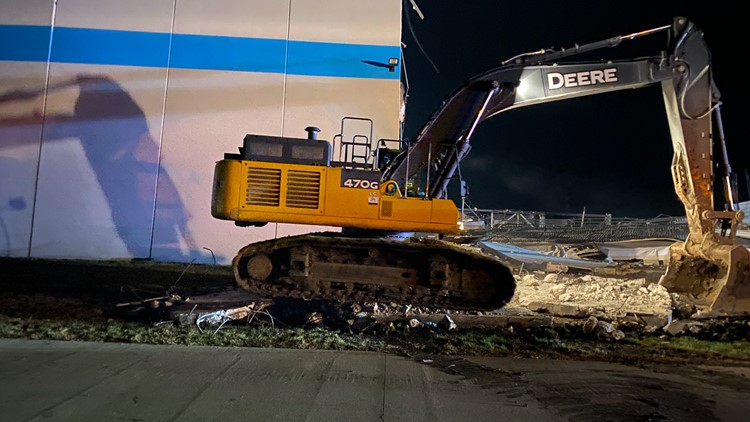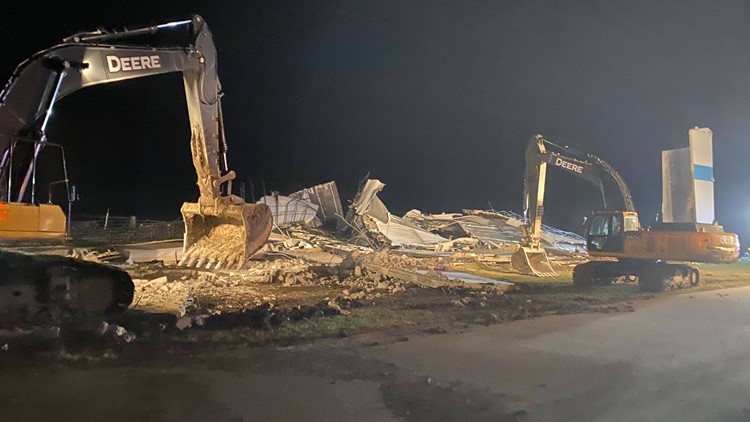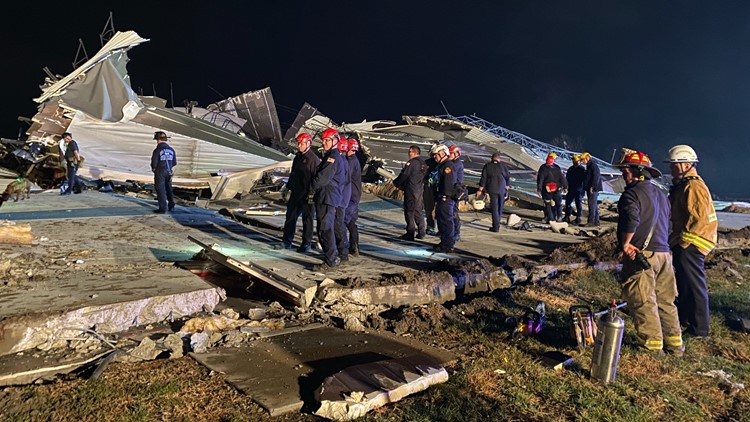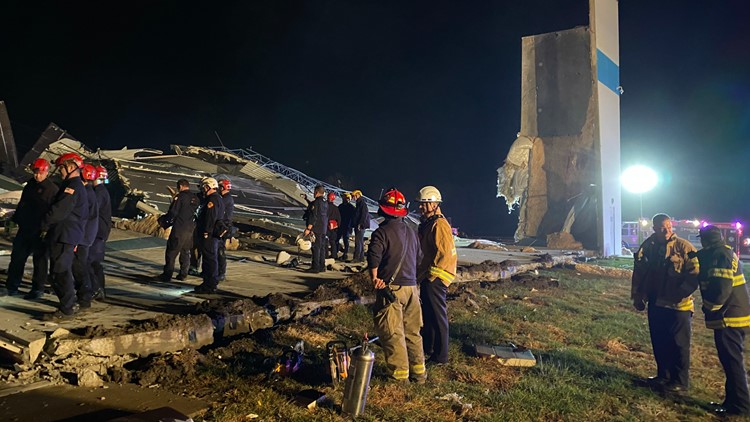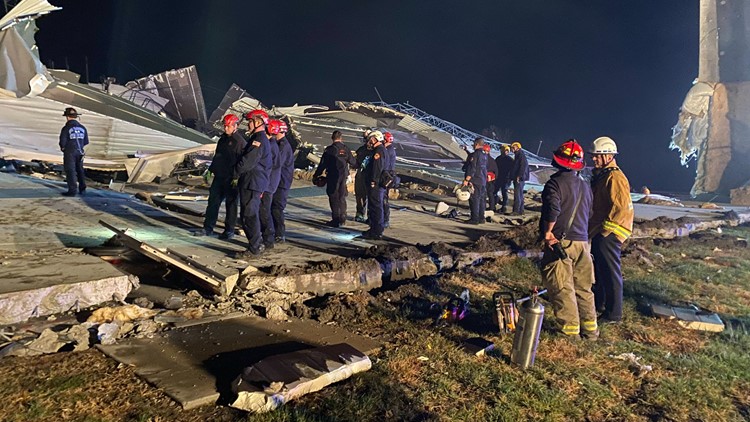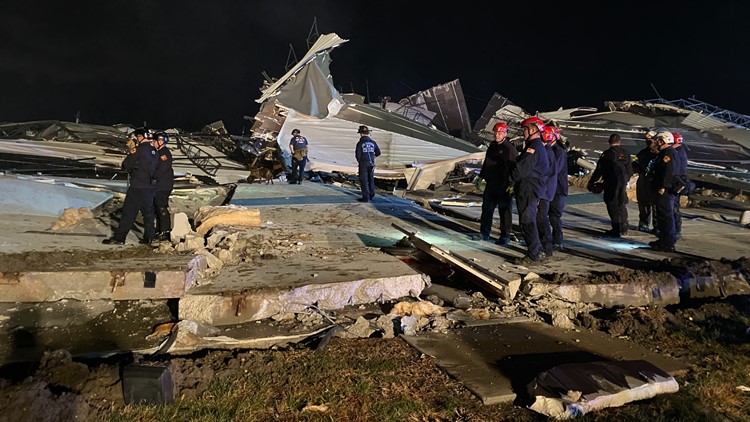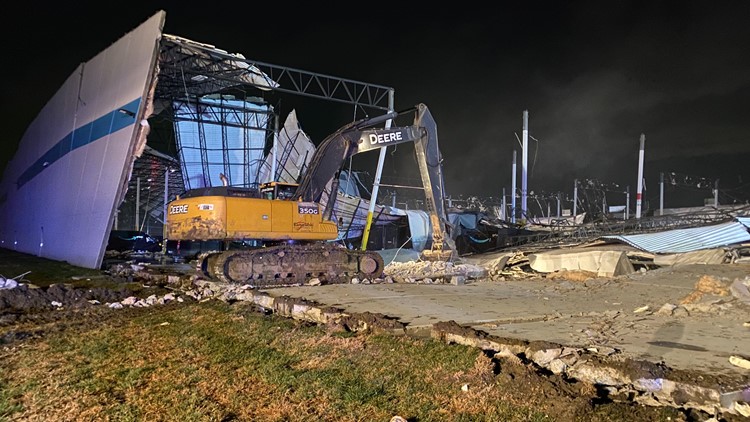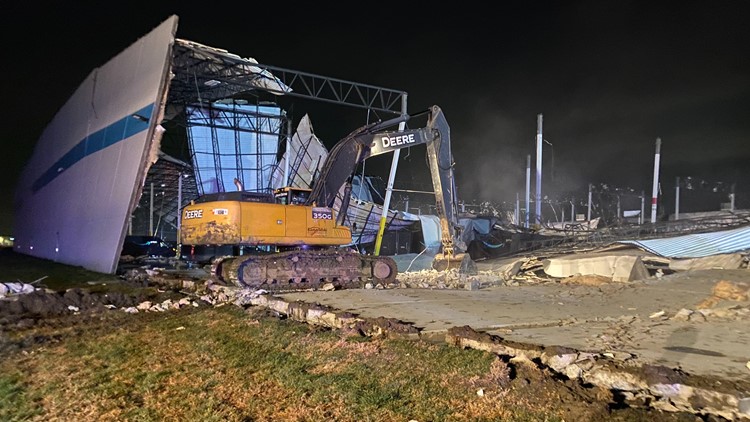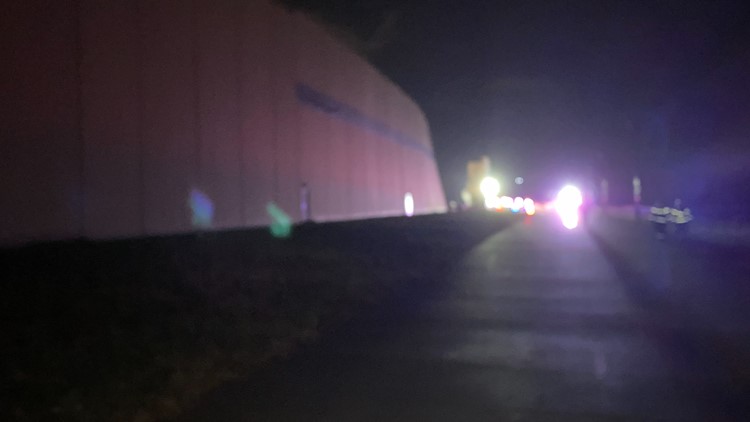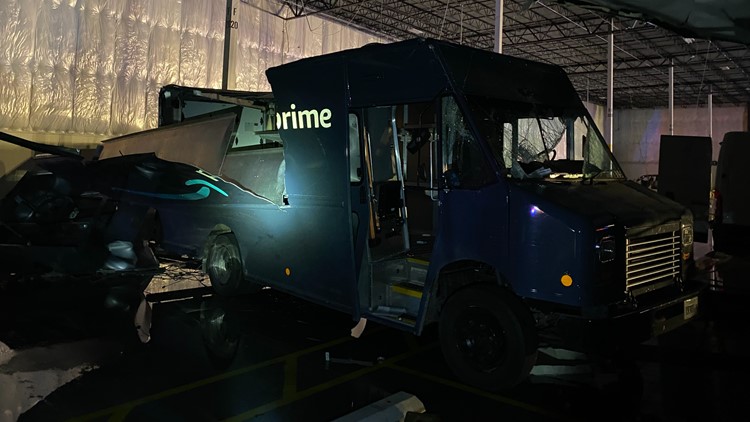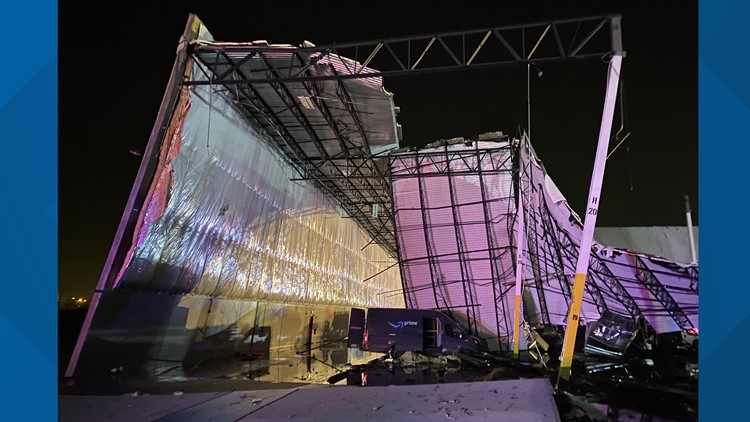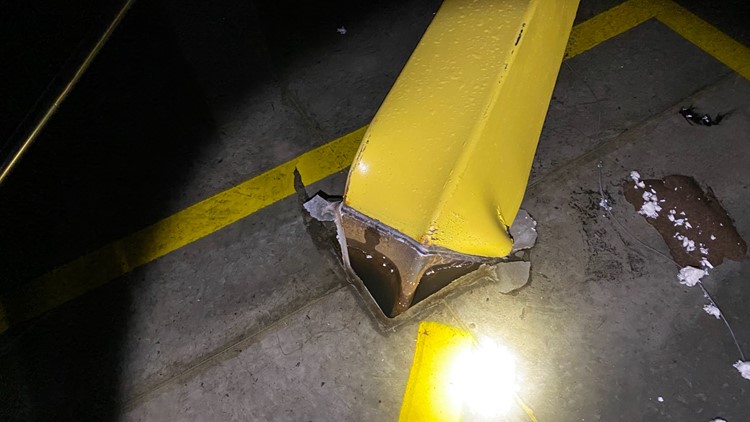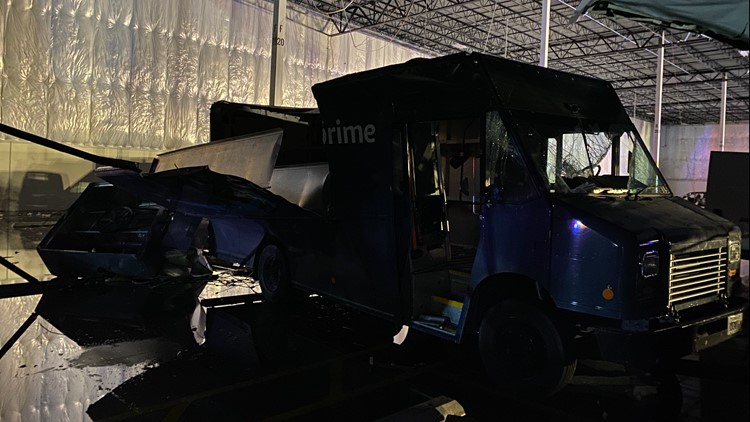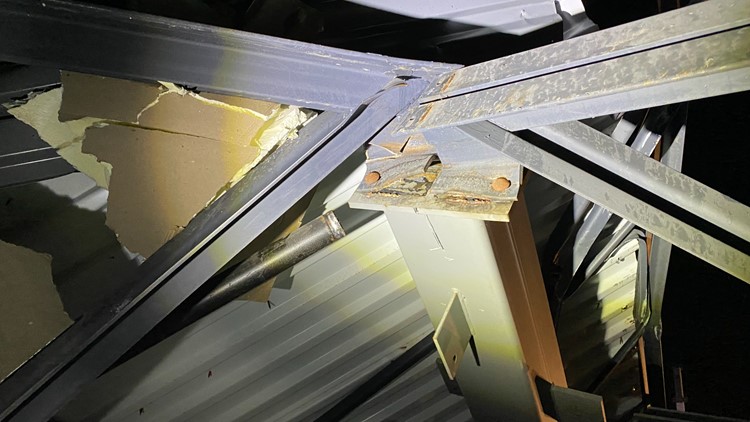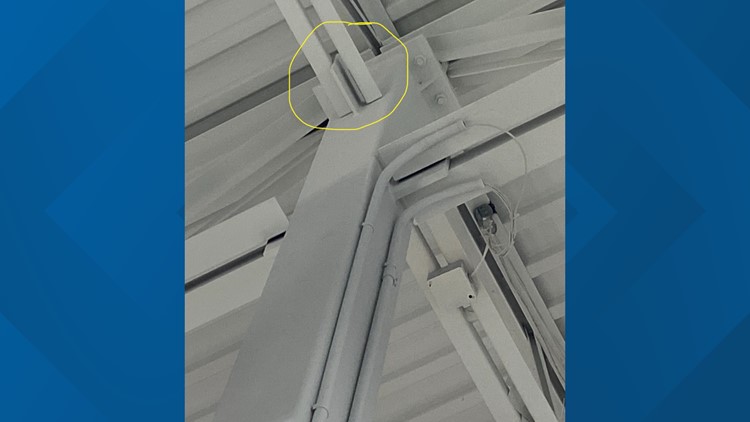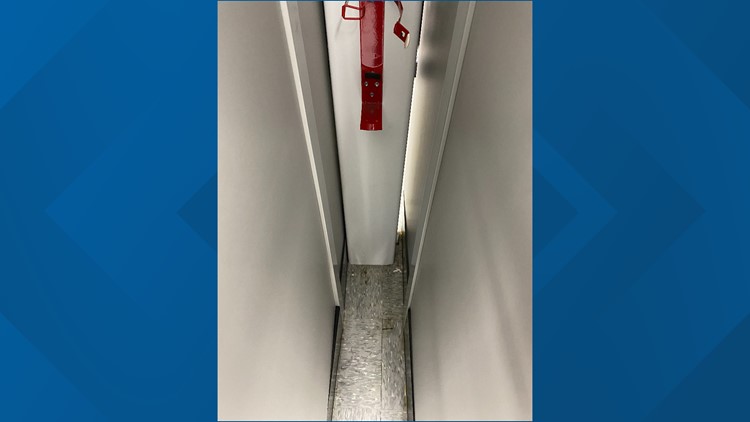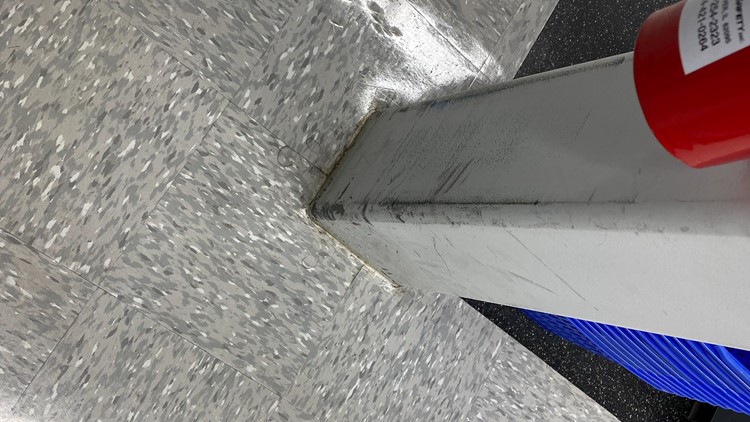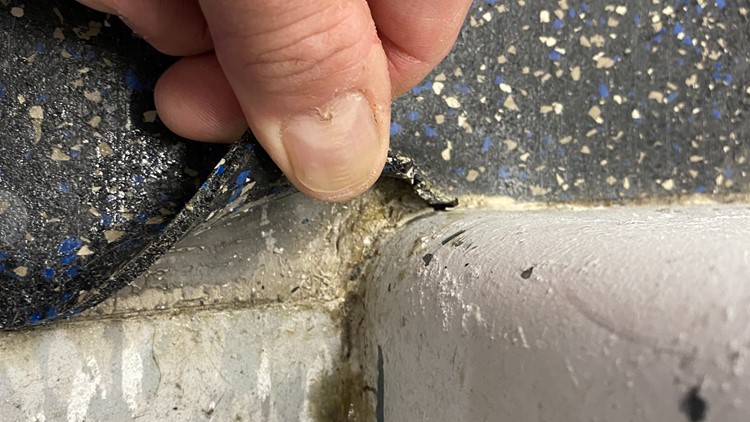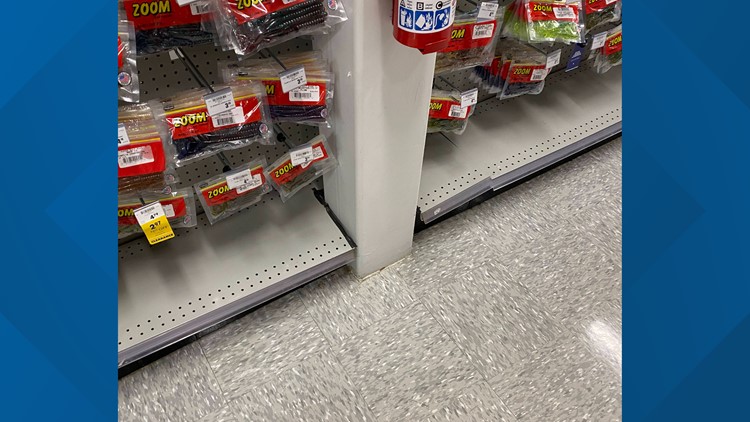EDWARDSVILLE, Ill. — It's peak tornado season. And with every siren that goes off, one former Amazon delivery driver thinks back to the day he lost six of his coworkers. He said it could have been prevented.
"You're feeling like there's a gust of just, like, forceful winds," said Jamarco Hickman, a 32-year-old former Amazon delivery driver. He survived the tornado in Edwardsville, Illinois, that hit his warehouse on Dec. 10, 2021.
"Metal getting twisted... chaos," he recalled.
Hickman remembers the last day he worked at Amazon, when he came back to the warehouse after a day's work. He made it inside with minutes to spare.
"You just heard everyone scream and yelling," he said.
"At Amazon, had you ever been through a tornado drill?" asked the I-Team's Paula Vasan.
"No... I just froze," said Hickman.
He said he didn't have a place to hide safely.
"I was pretty much kissing the concrete," he said.
We brought Hickman's experience to Riyadh Hindi, a structural engineering expert and civil engineering professor at Saint Louis University.
We showed him 34 photos given to us by the City of Edwardsville.
"Do you see shelters here?" asked Vasan.
"I don't see shelters in these pictures," said Hindi.
Click through the gallery below to see the photos from that night.
Photos: Amazon warehouse collapses following tornado in Edwardsville
The photos were taken the night of the tornado by first responder Dan Bruno, a fire marshal who also has a background in engineering. He was called to the scene that night.
Click through the presentation below for documents and multimedia elements.
Bruno also put together this 4-page memo describing his "concerns": "columns" "lifted out of the floor" and "significant structural issues" he thinks may have contributed to the deadly collapse.
In his report from Dec. 10, 2021, Bruno wrote: “It should be noted that on this call and in this matter, I was acting in the capacity of a FEMA trained STS-1 Structures Specialist with an engineering background on an emergent call as part of a mutual-aid fire service rescue task force and not practicing professional engineering services for-hire. Any statements made in this narrative concerning the design of the structure are advisory only and will require further analysis by other professionals before any conclusions could be reached. Any photographs taken would need to be fully evaluated along with the debris as part of a failure analysis to formally determine compliance with any and all adopted codes by the Authorities Having Jurisdiction at the location of that structure.”
In response to Bruno’s memo, the building company hired by Amazon to build the warehouse, Contegra Construction Company, released a statement on April 20. It said in part: “It has become apparent that the West County EMS & Fire specialist whose report has generated so much attention about the steel columns installed at the Amazon warehouse was completely unfamiliar with how the columns were welded to their embedded metal sleeves or pockets… The in-depth investigation led by qualified structural engineering firms is ongoing.”
Read the company's full statement here.
"What do you think we've learned from the collapse of that Amazon warehouse?" we asked Hindi.
"We have to look at these standards, codes or design codes and update them as we go," he said.
5 On Your Side's I-Team worked with the National Oceanic and Atmospheric Administration (NOAA) to pinpoint all of the tornadoes in the U.S. between 2011 and 2021, the latest data it has available to analyze. In certain parts of the country like Illinois and Missouri, tornadoes are especially common.


In the last 10 years in Illinois and Missouri, there've been 194 deaths, 1,756 injuries, and at least $4.7 billion in damages between 2011 and 2021, according to the latest available data from NOAA. Most of the destruction happened in Joplin in 2011.

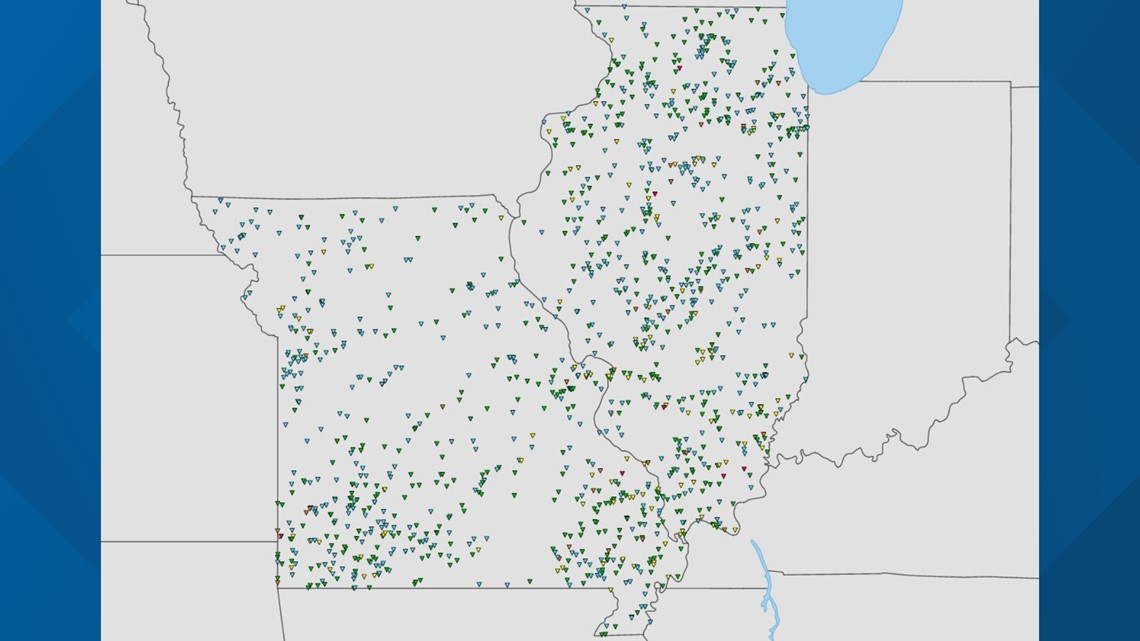
Experts we spoke with from organizations like the Insurance Institute for Business and Home Safety, a research institute, said stronger and well enforced building codes would bring those numbers down.
"Storms are going to get worse with our changing climate and more frequent. And so it's going to be a really important thing to start looking at, putting those structures in place," said Democratic Illinois Representative Katie Stuart, who represents the 112th District which contains parts of Madison and St. Clair Counties.
"We were all surprised to learn that we didn't have a state standard for tornado structures or safety procedures," said Stuart.
Across the U.S., builders generally aren’t required to design for tornadoes, according to researchers at the Insurance Institute for Business and Home Safety and the National Storm Shelter Association.
"It's frustrating," said Stuart.
She's calling for change.
"I would love for Illinois to be on the leading edge. And, you know, I really think there should be national standards," said Stuart.
She sponsored House Bill 1563 in May. If if passes, it would create a task force to focus on tornado safety and storm shelters.
"We're starting this from scratch," she said.
"It's a start, but it's definitely not enough," said Hickman.
Nothing will bring back the six lives lost.
"I feel grateful to God that I am alive, but I feel like that sense of guilt and, you know, like remorse that people that were in the same building as me on that night, at that time, they didn't go home that night," he said.
"And it could have been prevented," he added.
Amazon said its warehouse was built to code to withstand 90 mph winds. December's EF-3 tornado packed winds around 155 miles per hour. If Amazon were to rebuild today -- the codes would be the same. No storm shelters or structural changes required.
An Amazon spokesperson told us in a statement: “The storm in Edwardsville last fall was a tragedy and our teams on the ground continue to support our employees and the broader community as they work to recover. The tornado that hit our delivery station was extreme and very sudden, with winds that were much like the force of a category 4 hurricane, and we believe our team did the right thing, moving people to shelter as soon as the warning was issued. Our buildings — including the Edwardsville delivery station — have emergency plans that identify exit routes and shelter areas. Employees receive emergency response training, and that training is reinforced throughout the year. OSHA’s investigation did not find any violations or causes for citations, but we’re constantly looking to innovate and improve our safety measures and have already begun conducting additional safety and emergency preparedness drills at our sites and will carefully consider any OSHA recommendation that we have not already."
Following the tornado that hit the Amazon warehouse, there have been multiple lawsuits filed on behalf of those who died and others who have been injured: two wrongful death lawsuits have been filed as a result of two Amazon drivers who passed away that night. One driver was Austin McEwen and another was De'Andre Morrow. A third lawsuit has been filed on behalf of about five survivors of the Amazon collapse, including Hickman. They are suing for emotional injures.
The Insurance Institute for Business and Home Safety researches ways to improve commercial building performance in high-wind events. Results of this research can be found here.

